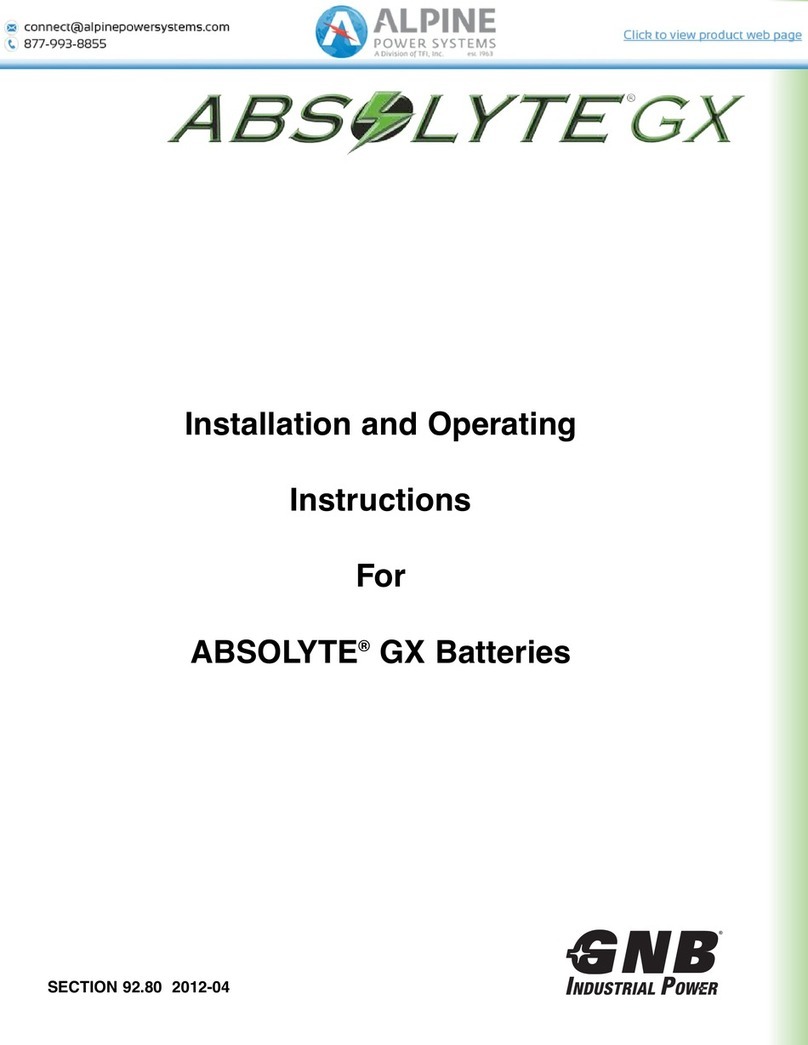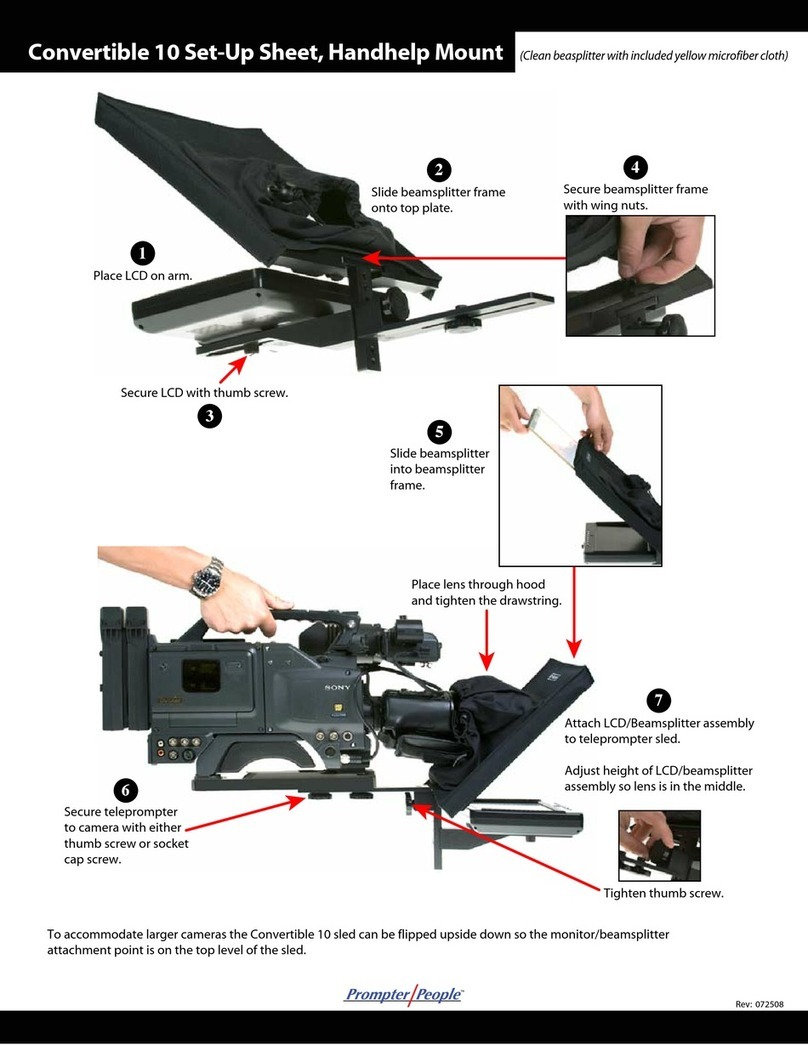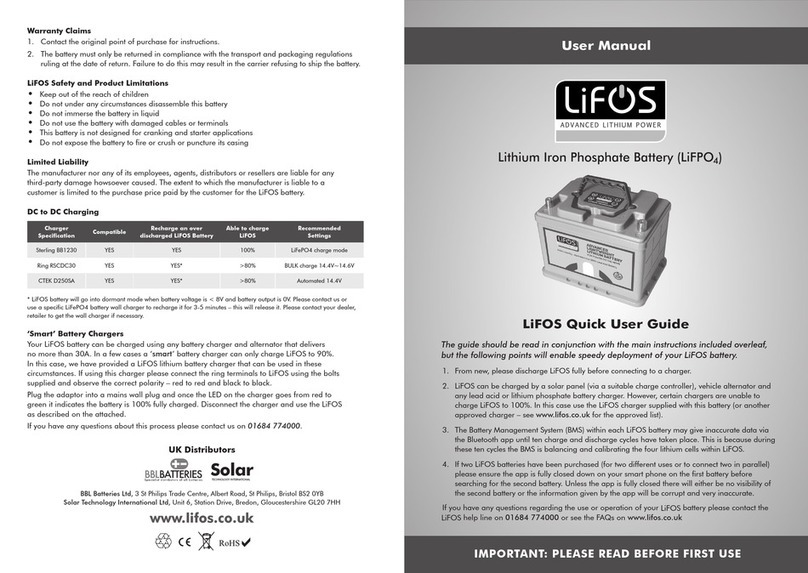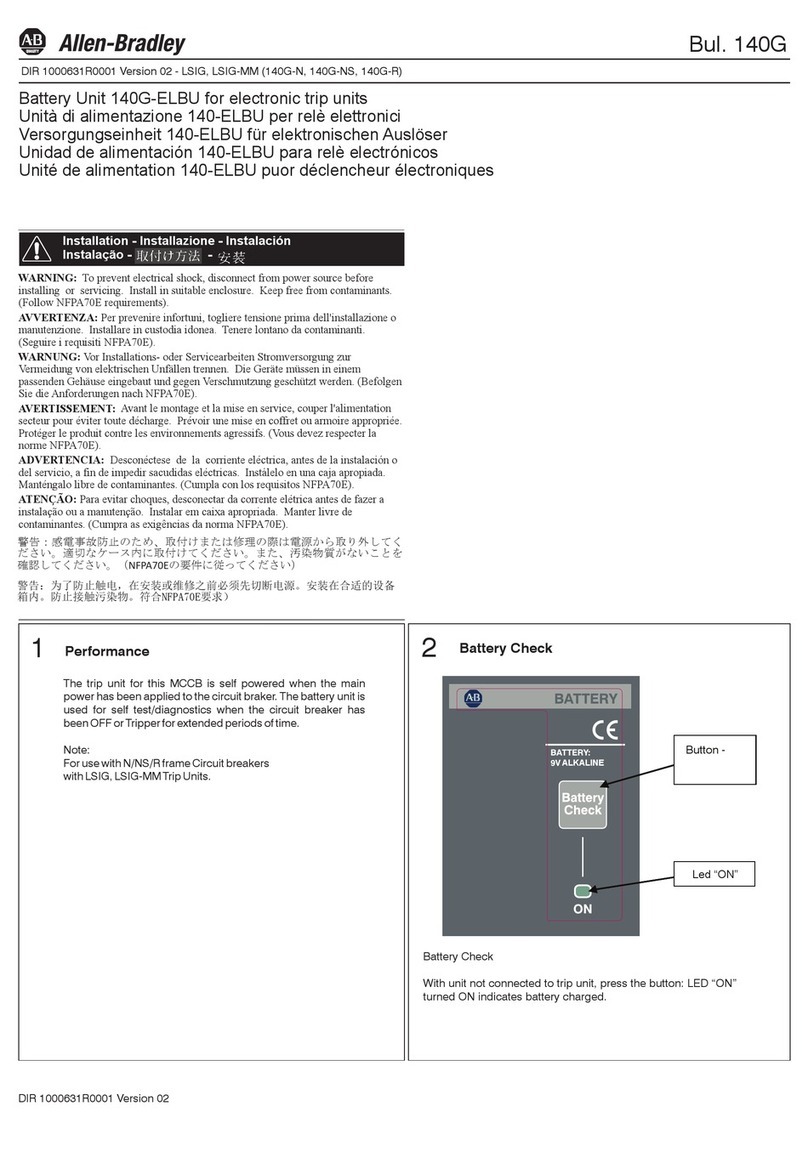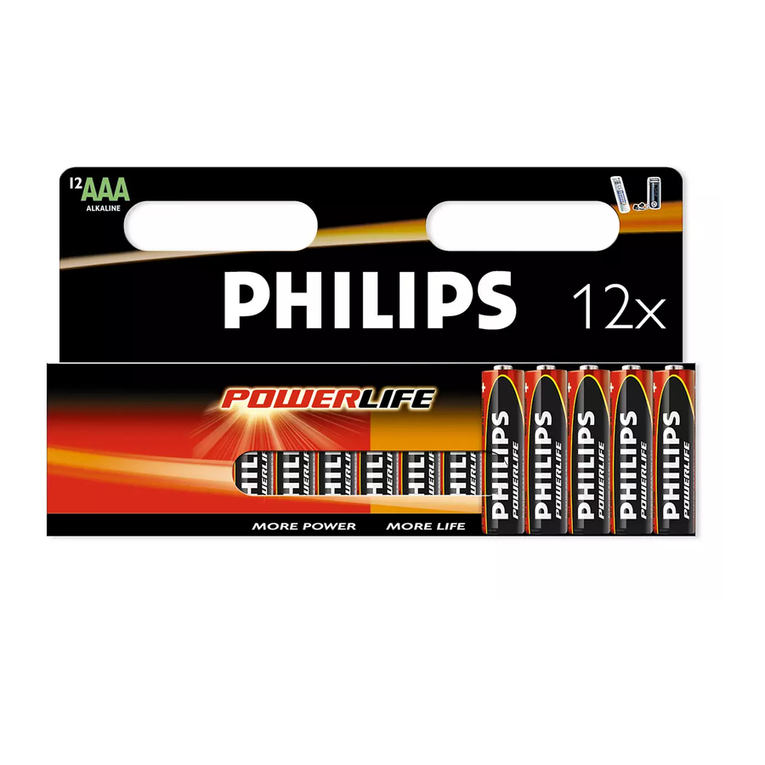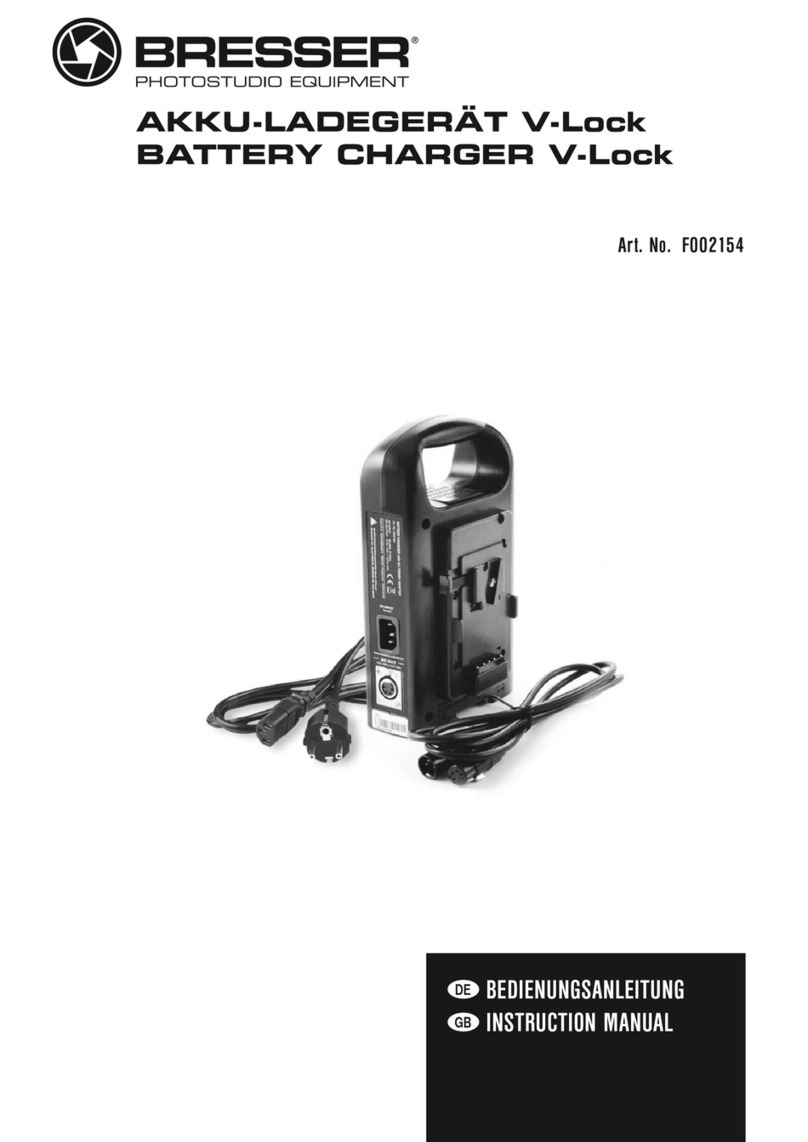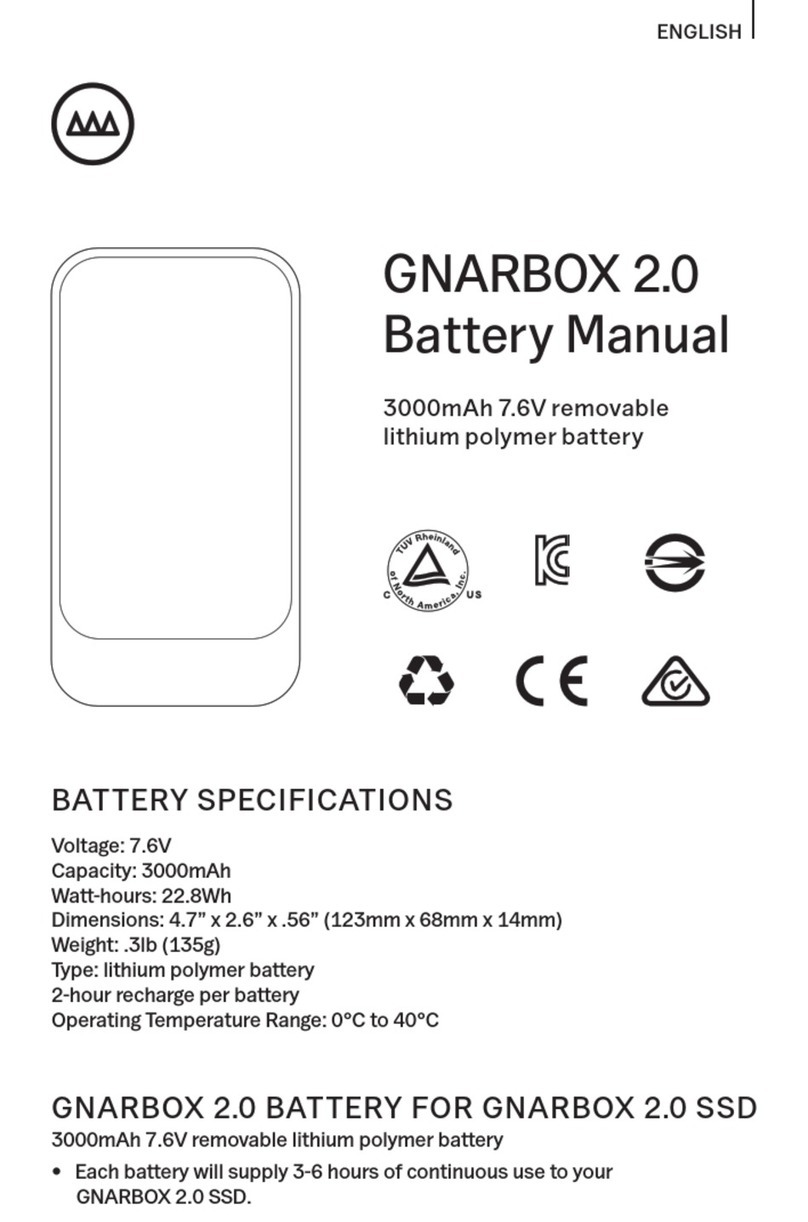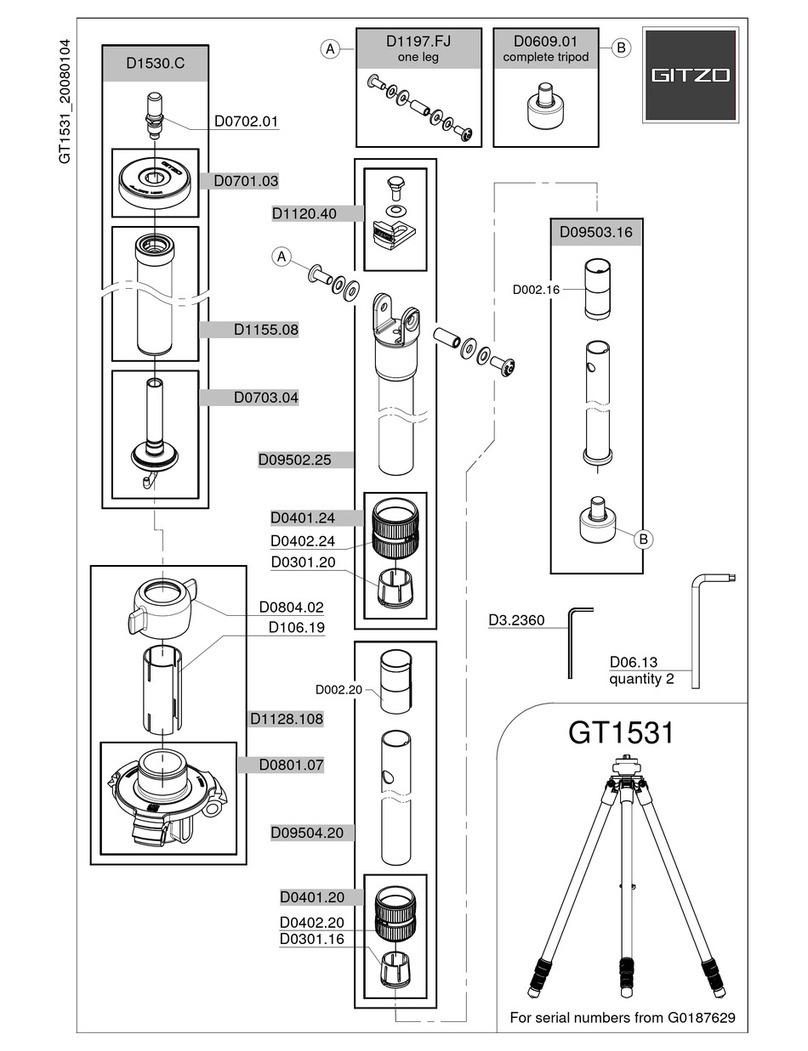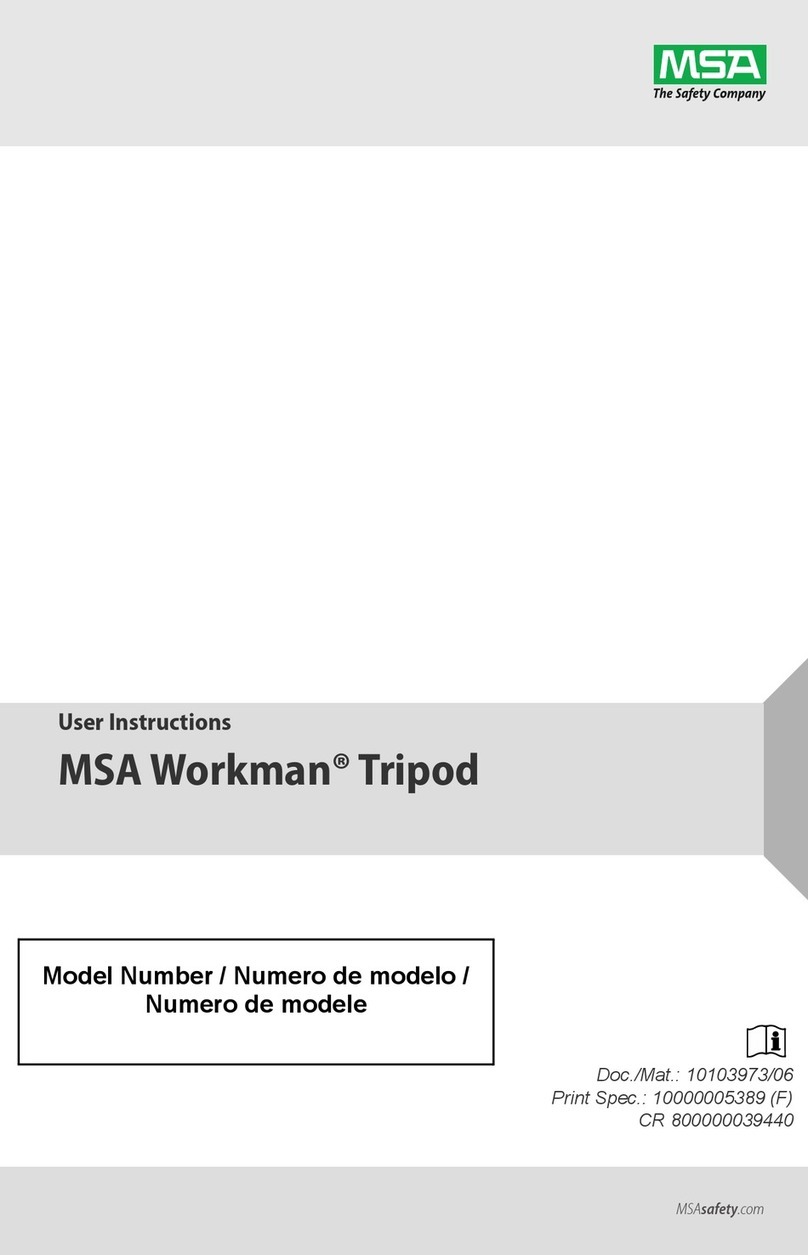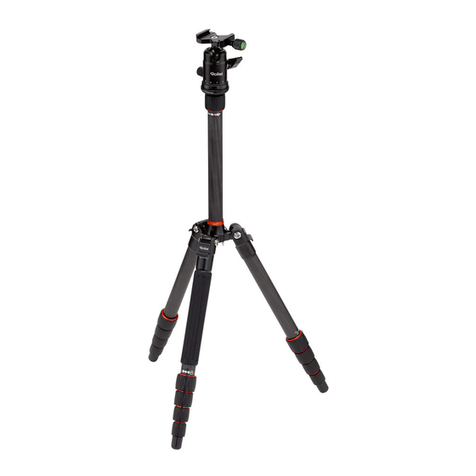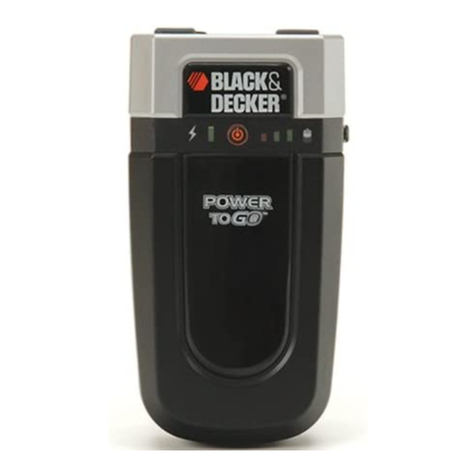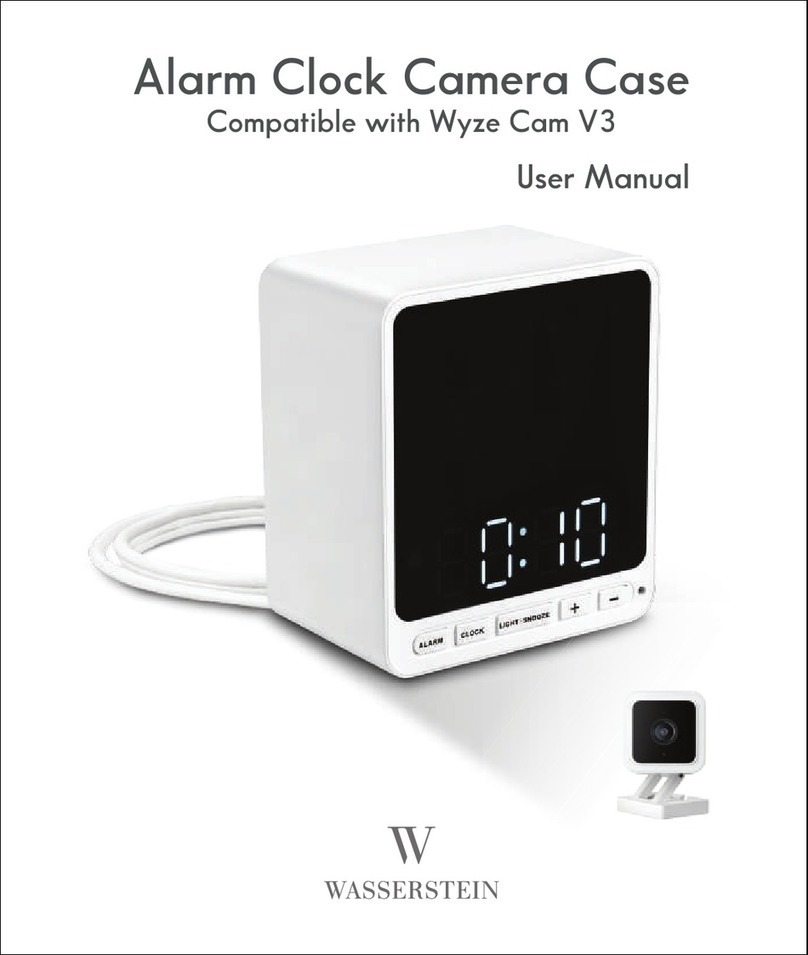GNB KDZ User manual

INSTALLATION AND OPERATING INSTRUCTIONS
RAILWAY DIESEL STARTING
BATTERIES
KDZ
1 . SAFETY
1.1 Follow your company’s Safety Instructions
when working with or near diesel starting
batteries. Observe the caution label afxed
to the battery. Thoroughly familiarize yourself
with industry and government guidelines
(OSHA, ANSI) for charging, handling and
maintaining diesel batteries.
1.2 Assign battery and charger care to properly
trained personnel.
1.3 This battery contains sulfuric acid. Avoid
contact with skin, eyes, or clothing. Wear
rubber apron, gloves, boots and goggles or
face shield when handling, checking, lling,
charging or repairing batteries.
1.4 Keep water readily available for ushing
spilled electrolyte from eyes or skin. Use
plain water only and obtain medical attention
immediately. Special deluge showers and
eye wash basins are required.
1.5 Batteries produce hydrogen during charge.
Keep open ames away. Do not check
electrolyte level with a cigarette lighter or
match. Use a ashlight or permanent lights.
Do not smoke or create sparks.
1.6 Lift batteries with a hoist, crane, lift truck,
or similar equipment. Move batteries on
trucks, conveyors or rollers. Be sure to place
a rubber mat or similar insulating material
across tops of batteries without covers when
handling. Make sure equipment is of ample
strength and properly installed.
CAUTION: Do not use chain or wire rope slings.
1.7 Never lay metal tools, such as wrenches or
other material on top of a battery.
1.8 Disconnect the battery from the locomotive
when performing maintenance and repair
on the motor or electrical system.
1.9 Open or “break” the battery circuit before
attempting repairs to terminal connections.
1.10 Apply a strong neutralizer, like baking soda,
when acid is spilled on the oor. Check local
regulations regarding disposal of neutralized
waste.
2. RECEIVING BATTERIES
Immediately upon receipt of shipment,
examine the outside of the packing for signs of
rough handling before accepting battery from
carrier. Wet spots on the shipping pallet may be
an indication of leaking jars broken in shipment.
If there is evident damage, the receipt should
be signed and both copies (carrier’s and receiving
copies) marked “Shipment Received Damaged”.
The carrier should be called immediately and
asked to make a “Carrier’s Inspection for Damage
Report”.
If “concealed” damage is later detected,
the carrier should be called immediately and
requested to make a “Carrier’s Inspection for
Concealed Damage Report”. After inspection by
the carrier, arrangements should be made with
the local GNB®Industrial Power representative
to have the battery repaired before placing it in
service.
CAUTION
Before placing a battery in service,
review and adhere to the Safety
Guidelines listed in Section 1.
3. INITIAL FRESHENING CHARGE
Remove the vent caps from each cell and
check to see that the electrolyte level is above
the plates. During shipment of the battery, low
temperatures and/or normal shock and vibration
often results in a drop in the electrolyte level. If
the level is below the plates, recheck it after three
hours of charging. If the level remains below the
plates, add water until the plates are covered.
If it is obvious that electrolyte has spilled out of
any cells, replace it with electrolyte of the same
specic gravity as found in the other cells of the
battery.
CAUTION - READ THE ENTIRE INSTALLATION AND OPERATING INSTRUCTIONS BEFORE PLACING BATTERIES IN SERVICE.

Replace the vent caps and give the battery a
freshening charge of 3 to 6 hours or by continuing
the charge until there is no increase in specic
gravity for three hydrometer readings taken at
one hour intervals. CONTINUE CHARGING
AND MAKE FINAL ADJUSTMENT OF THE
ELECTROLYTE LEVEL TOWARD THE END
OF THE CHARGE.
Upon completion of the freshening charge,
the normal fully charged specic gravity should
be 1.245 to 1.255 at 77°F.
4. INSTALLING BATTERY (BLOCKING)
Negligence in properly blocking a battery in
the compartment is apt to permit shifting and
may cause damage. All trays should be securely
blocked, but care should be taken to avoid
overtight wedging. Clearance of about 1/8" should
be left between the blocking and the battery trays.
5. TERMINAL CONNECTIONS
Make original connections clean and tight.
Inspect terminal connections regularly and keep
them clean and tight.
6. VOLTAGE REGULATOR
The battery is only one part of a total system,
all of the parts of which are inter-related and
interdependent. The battery simply stores energy
in a chemical form for use when the generating
system is not running. It is not a source of power
but merely a reservoir. The battery supplies power
for starting but, as soon as the engine is running,
the generating system must replace the power
withdrawn from the battery.
Input from the generating system to the battery
is controlled by the voltage regulator. It is important
to make sure that the regulator is known to be in
satisfactory operating condition and adjusted to
the correct operating voltage.
If the voltage regulator is not in good operating
condition or is adjusted to an incorrect operating
voltage, the battery will not function satisfactorily
because the charge it receives will be insufcient
(undercharged) or excessive (overcharged). In
severe cases of bad regulation and overcharging,
failure can take place within a year. Overcharge
is indicated by faster water loss than normal.
A bad regulator or one set too low can cause
undercharge—a condition which will literally
starve the battery to death. In this case, more
power is drawn out of the battery than is replaced.
As a result, the battery gradually runs down until
it is so low that it fails completely. Undercharge
is indicated by decreasing electrolyte specic
gravities.
The correct operating or battery oat voltage to
be set on the regulator is that which will maintain
the battery in a fully charged condition. This
correct setting depends on two factors—operating
temperature and locomotive work schedule. It is
recommended that voltage regulator adjustments
be made while the engine is at operating speeds.
Correct battery oat voltage at different
environmental temperatures are as follows:
Float Voltage
Temperature (Volts/Cell)
Greater than 80°F 2.25-2.30
50°F to 80°F 2.30-2.33
Less than 50°F 2.33-2.38
The effect of locomotive work schedule
on the correct oat voltage is determined with
experience. If a battery is used for starting
very frequently, oat voltages should be set
at the higher end of the range indicated at the
appropriate temperature; similarly, for infrequent
battery usage, oat voltages should be set at the
lower end of the range.
7. VENTILATION
As explained in Section 2, gases produced
from a charging battery are explosive! Clean all
ventilating openings to remove any collection of
dirt or dust that might prevent the free circulation
of air.
8. WATER ADDITION
All lead acid batteries, in the course of normal
operation, generate hydrogen and oxygen from
water in the electrolyte.
Gassing or water consumption in a battery
is a function of oat voltage and operating
temperature. Excessive water consumption
indicates the voltage regulator setting is too high
and should be reduced. Normally, it should not
be necessary to add water to the battery more
than once every 30-180 days in the summer and
once every 60-180 days in the winter.
If the gravity reading shows a continual
lowering, or consistently remains 10 to 20 points
below the fully charged gravity, the voltage
regulator is set too low for the locomotive’s work
schedule and it should be increased to allow

more charge. Do not increase or decrease the
voltage regulator setting more than 1/2 volt at a
time. Recheck the battery after each adjustment
to see if an additional change in regulator setting
is necessary.
The maximum electrolyte level, with the
battery on charge, is at the bottom of the vent well.
It should always be maintained between there
and the top of the plates. However, such things
as cold temperature or extended open circuit
stands will cause the level to drop without the
loss of electrolyte or water from the cells. Under
these conditions, do not adjust the level without
rst charging the battery for 3-6 hours. Before
charging, make sure the electrolyte covers the
plates. Otherwise, electrolyte overow may result.
When adding water, always use distilled water
or water that is known to be free of abnormally
high amounts of impurities. Contact GNB or your
local Sales Representative if you are not sure of
your water quality.
9. ADDING ACID
Acid should be added to a cell only when
electrolyte is spilled or otherwise not returned.
Always add acid of the same specic gravity as
that in the cell and only in the same amount as
was lost from the cell. To increase the electrolyte
level in the cell, use water at all times.
10. SPECIFIC GRAVITY
Read the specic gravity of the electrolyte
BEFORE adding water, otherwise the reading
will be low. Return all of the electrolyte to the cell
from which it was taken.
a) Effect of Temperature on Specic Gravity:
Variations in temperature affect the specic
gravity of the electrolyte and temperature
corrections should be made. One point
(.001) should be added to the hydrometer
reading for each 3° above 77°F and one
point should be subtracted for each 3° below
77°F. Make a record of the reading.
b) Effect of Electrolyte Level on Specic
Gravity:
Variations in solution height affect the
specic gravity of the electrolyte. Normally
water is consumed in the operation of a
battery and electrolyte levels will decrease,
causing a slight increase in specic gravity.
For every 1/8" decrease in electrolyte
level of these batteries, there will be an
approximate increase of .003 in specic
gravity. The specic gravity should be 1.250
when the battery is fully charged and the
electrolyte level is at the maximum.
11. CLEANING
Keep the vent caps in place during use and
charging. Remove them only to observe levels,
make water additions, take temperatures, or take
specic gravity readings with a hydrometer. The
battery can be washed off with water if dusty.
Keep the vent caps in place. If electrolyte has
accumulated on the top of the battery, wash
with an approved neutralizing solution, available
through GNB service. Follow the wash with a rinse
using clear water. Dispose of all waste materials
in an environmentally safe manner.
12. STORAGE OF SPARE BATTERIES
a) General Care:
Spare charged (wet) batteries should be
given regular good housekeeping care.
A clean, cool, dry place, free from dust
and debris, should be selected for storage
space.
b) Testing:
Spare charged (wet) batteries should be
checked quarterly to determine the specic
gravity. Batteries should be charged when
the specic gravity drops thirty (.030) points
below the specied fully charged reading.
Temperature affects the need for charges.
Usually a charge is required every three
(3) months.
c) Charging:
When charging is required, use the Finish
rate. (See name plate for Finish rate.)
Continue charging until gassing occurs.
Charging should not be discontinued until
the temperature-corrected specic gravity
of the lowest cell has risen to the maximum
and has shown no further rise for two (2)
consecutive hourly readings.

In the USA, call 1-800-GNB-RAIL for additional information.
In Canada call 1-800-268-2698 for additional information.
For alternate language versions of this document, visit www.exide.com
POST THESE INSTRUCTIONS
IN BATTERY MAINTENANCE AREA
13. REMEMBER THESE IMPORTANT FACTS
For maximum battery life and performance,
always be aware of these potential problem areas
and take the appropriate action to correct them
should they occur.
SHORT CIRCUITS—cause electrical leaks
that run batteries down.
ENERGY WASTE—running battery down
with lights or accessories unintentionally
left on when engine is not running.
POOR, DIRTY CONNECTIONS—corrosion
builds up resistance which impedes—often
stops—the ow of power to and from the
battery .
LOW REGULATOR SETTINGS—limit the
ow of recharging current to the battery
thereby starving it.
HIGH OR UNCONTROLLED REGULATOR—
permits excessive ow of current to the
battery causing excessive loss of water and
premature failure.
14. WARRANTY AND RECORDS
Diesel starting batteries are warranted
against manufacturing defects or factors under
GNB Industrial Power control. There are many
factors under the control of the battery user that
can damage the battery. The most important
user-controlled factor is the battery oat voltage
set on the voltage regulator of the locomotive
generating or charging system. Many battery
users routinely keep records of monthly readings
of voltage regulator output with the engine at
idle and at operating speed. As explained above
(Section 6), the correct adjustment of battery oat
voltage is critical in ensuring battery performance.
To keep the warranty valid, the following records
must be kept:
a) Quarterly record of voltage regulator output
or battery oat voltages together with the
temperature range for which adjustment is
made; and
b) Quarterly log of electrolyte level and specic
gravity in the cells of the battery. Such
records can alert the user to the existence
of abnormal conditions in his application that
can adversely affect the battery. Preventive
actions can then be taken promptly to ensure
the battery is not damaged.
15. RECYCLING
U.S. Federal and State Regulations require that
lead acid batteries be handled and disposed of in
compliancewithstrictguidelines.GNB offersdisposal
service for lead acid batteries. Call 1-888-438-5865
to arrange a pick-up or to get additional information.
In Canada, call 1-800-231-9081.
©2018 Exide Technologies Exide Technologies Milton,GA 30004. GB3565 04/18
Other GNB Camera Accessories manuals

GNB
GNB 93.10G User manual
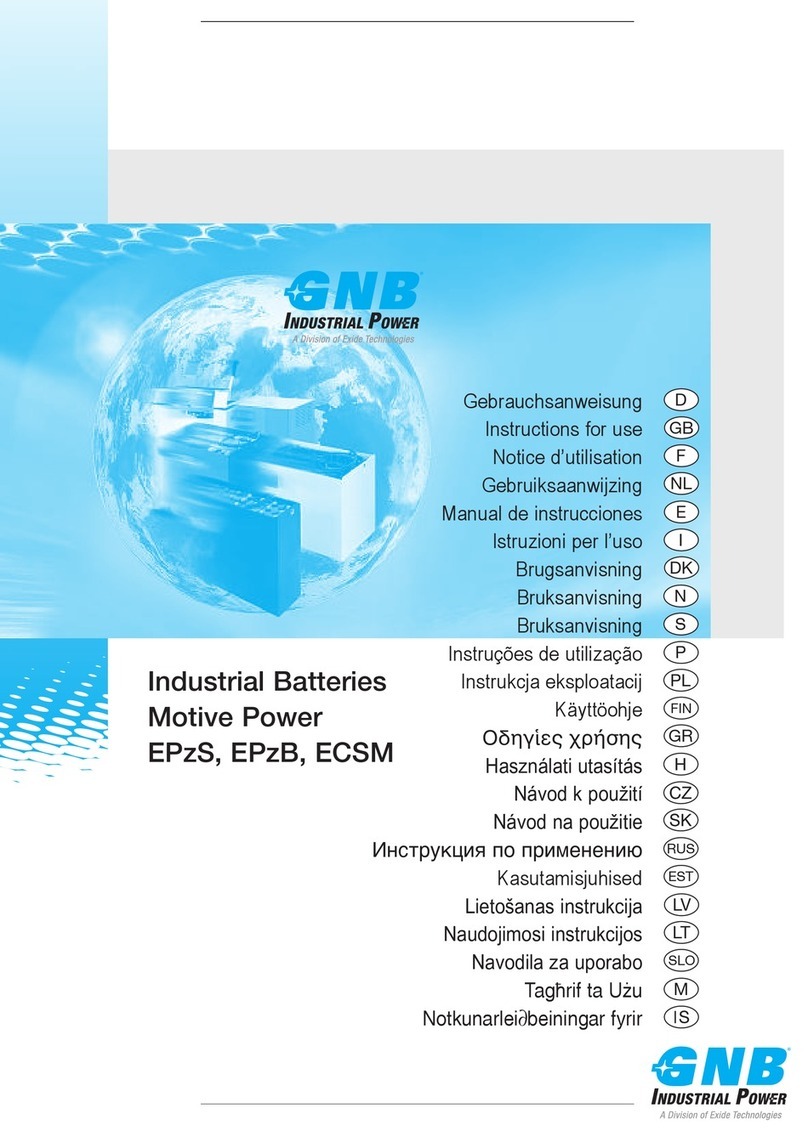
GNB
GNB EPzS Series User manual
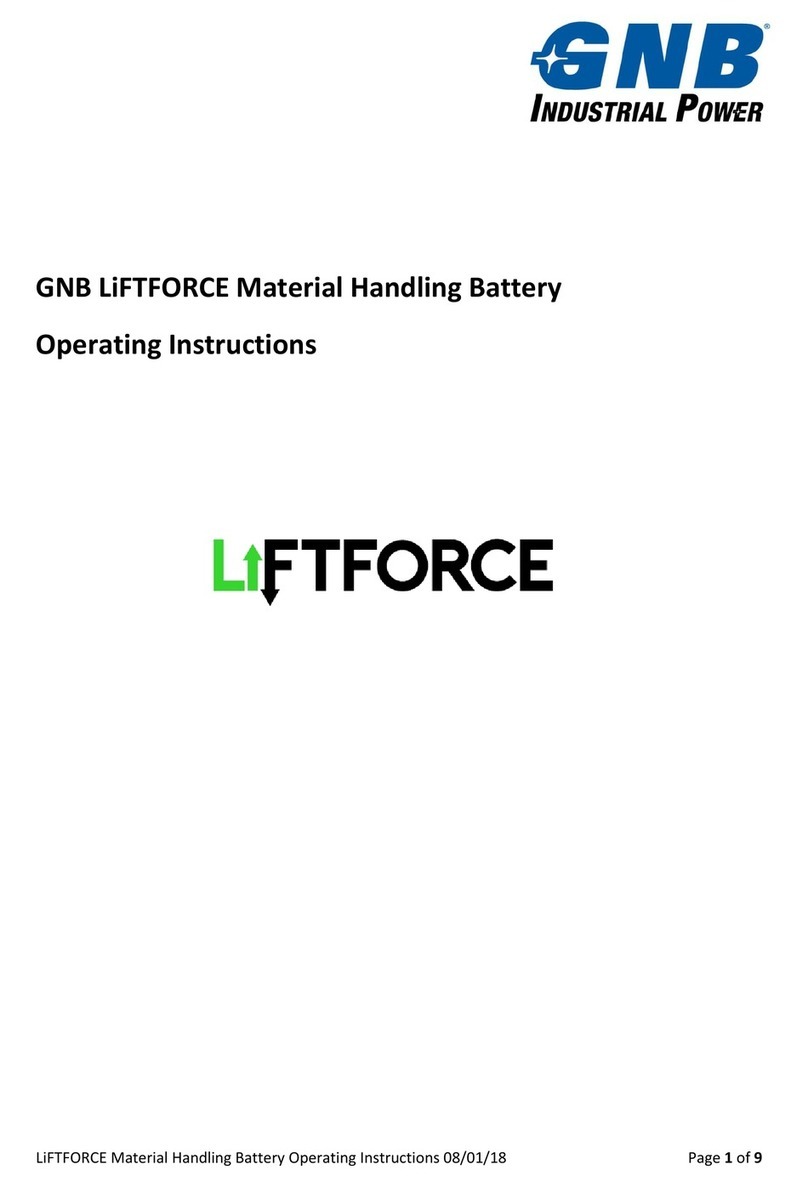
GNB
GNB LiftForce User manual
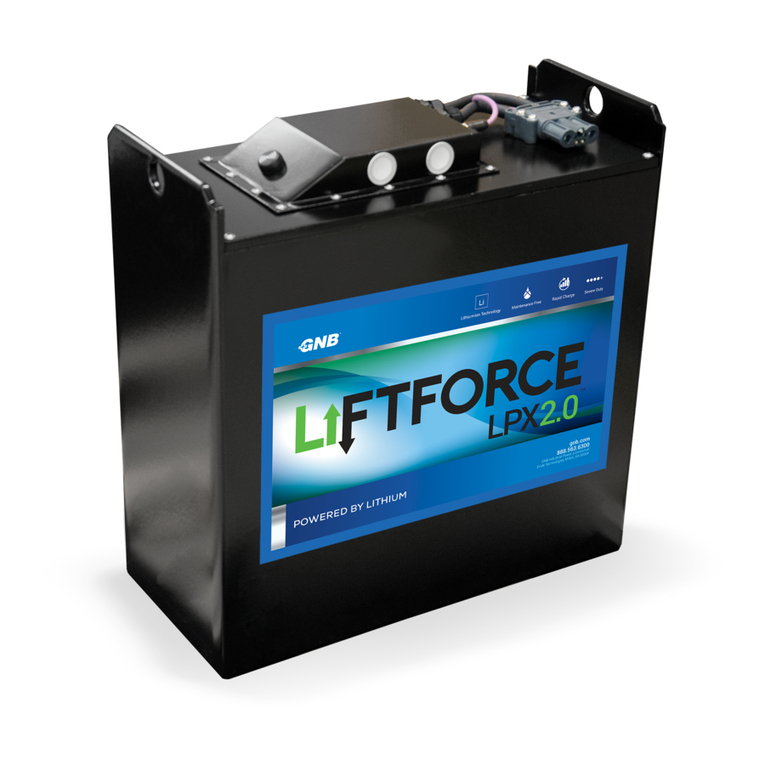
GNB
GNB Liftforce LPX 2.0 User manual

GNB
GNB Absolyte series Manual
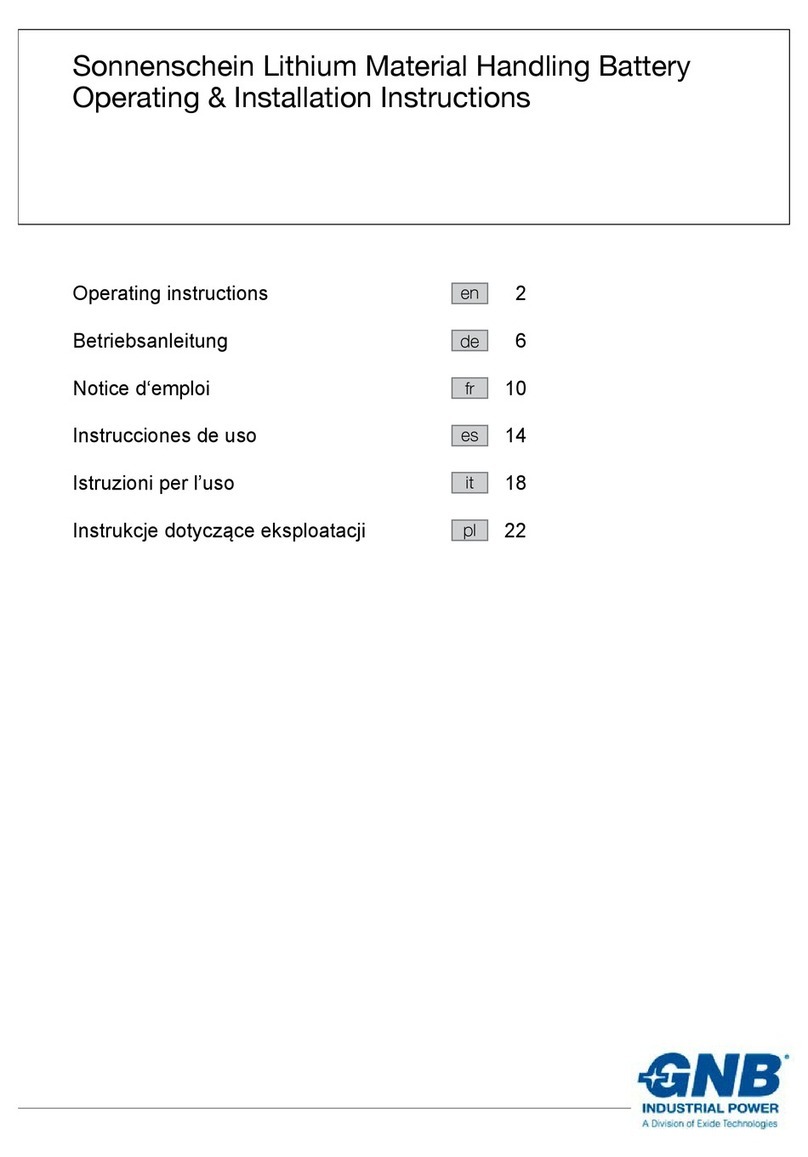
GNB
GNB Sonnenschein Product guide

GNB
GNB TUBULAR-LMX User manual
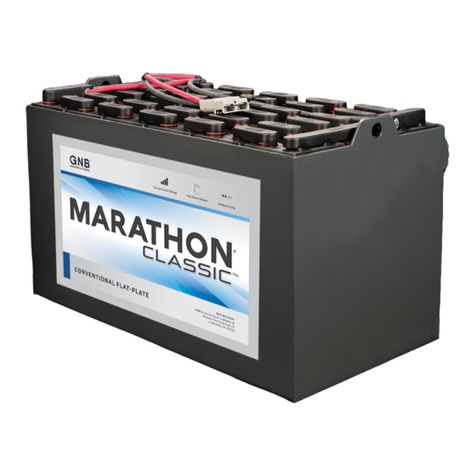
GNB
GNB Marathon Classic User manual
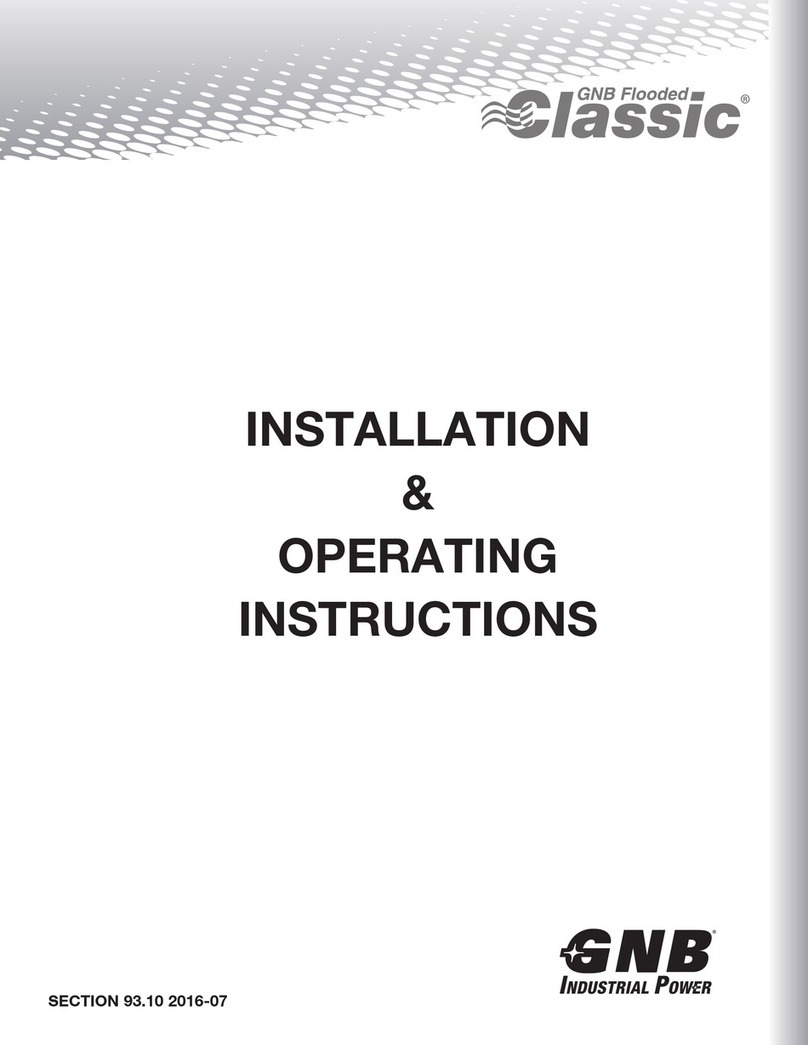
GNB
GNB Flooded Classic series Manual
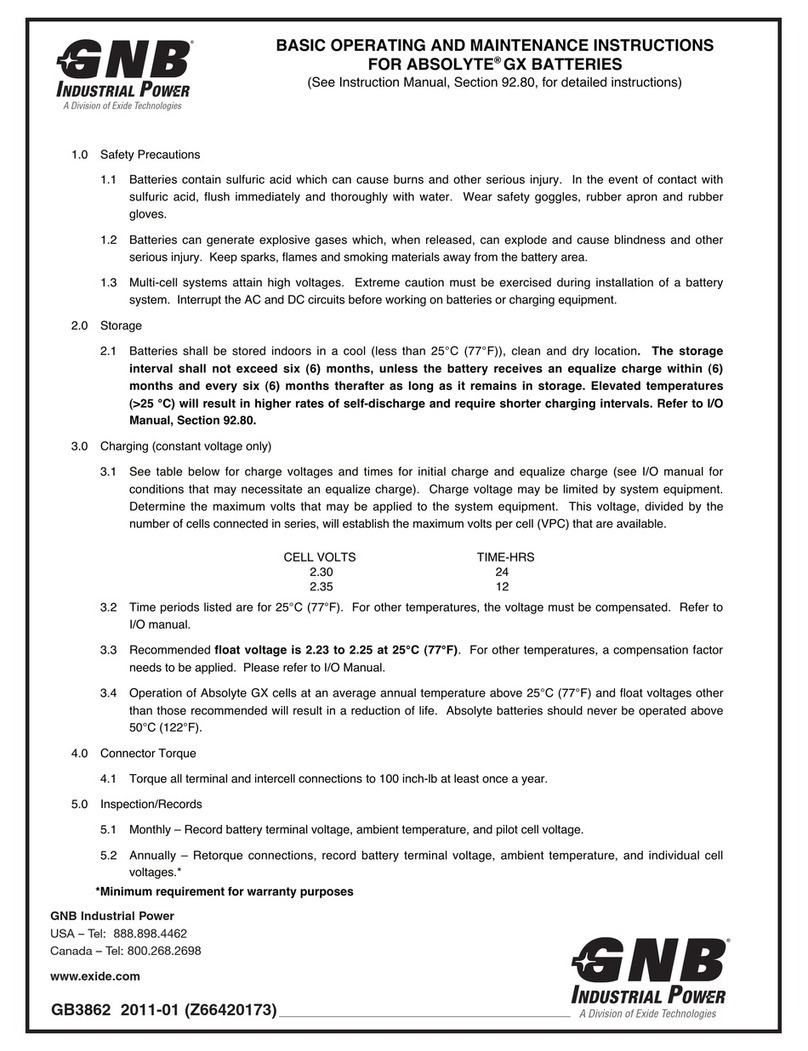
GNB
GNB GB3862 Manual
